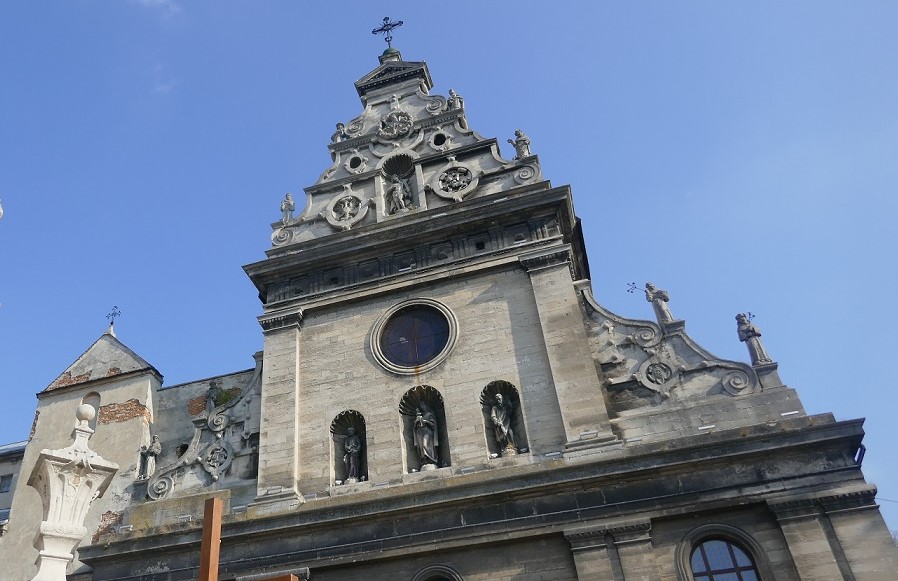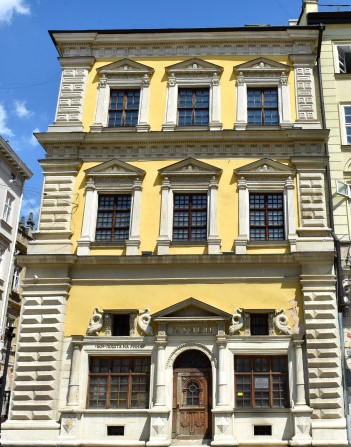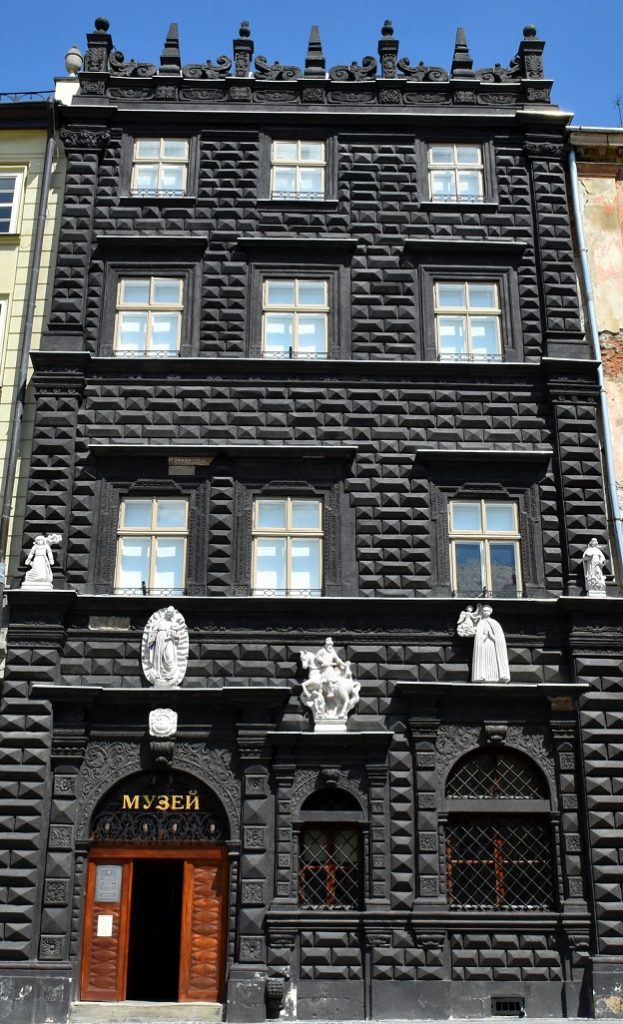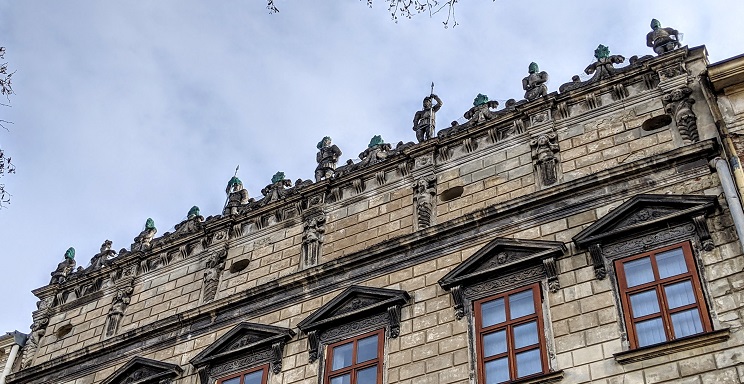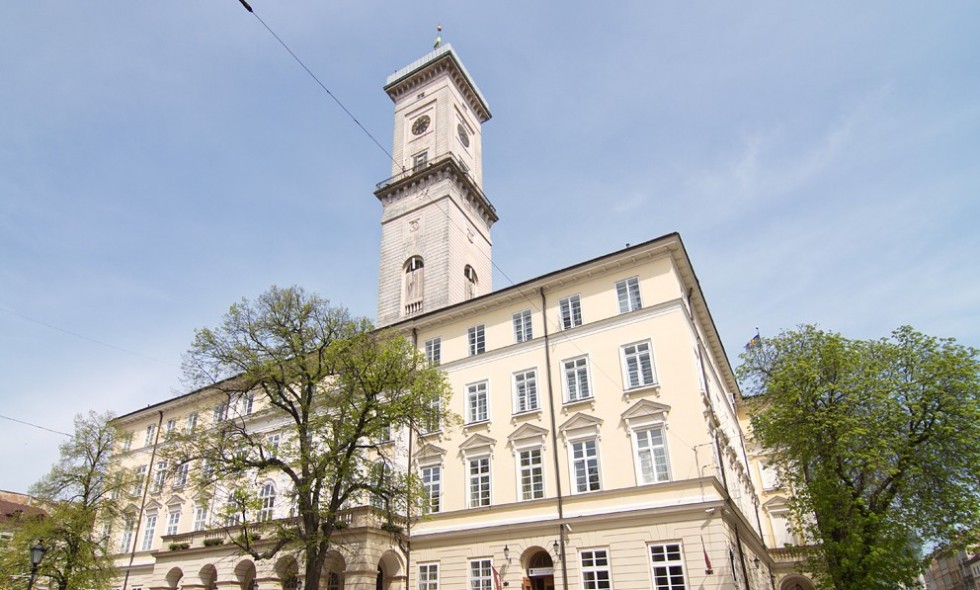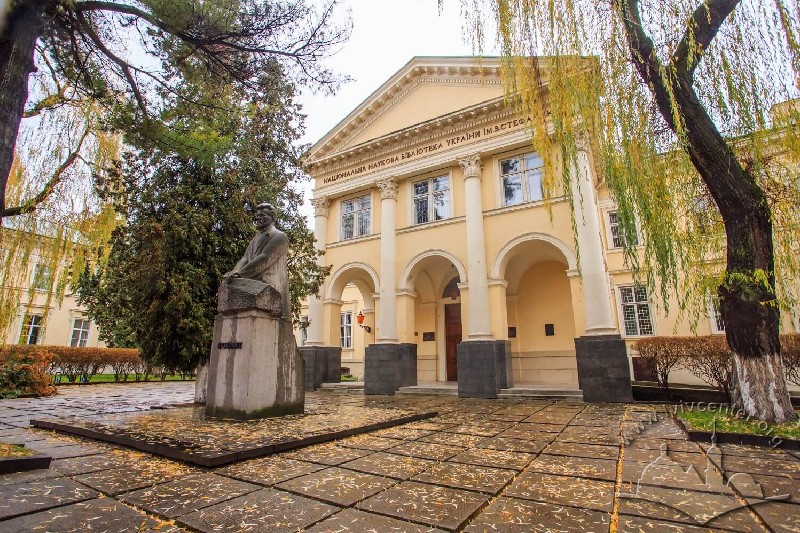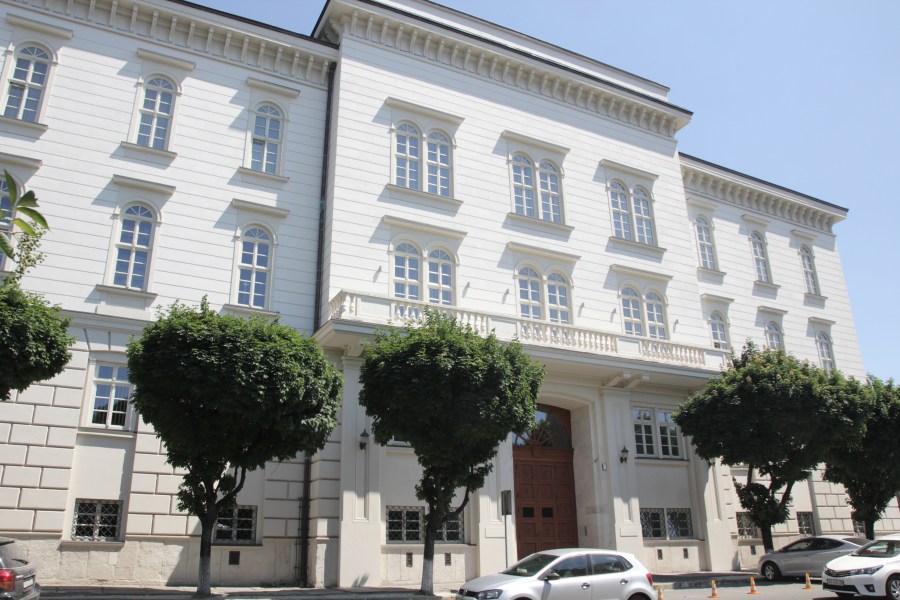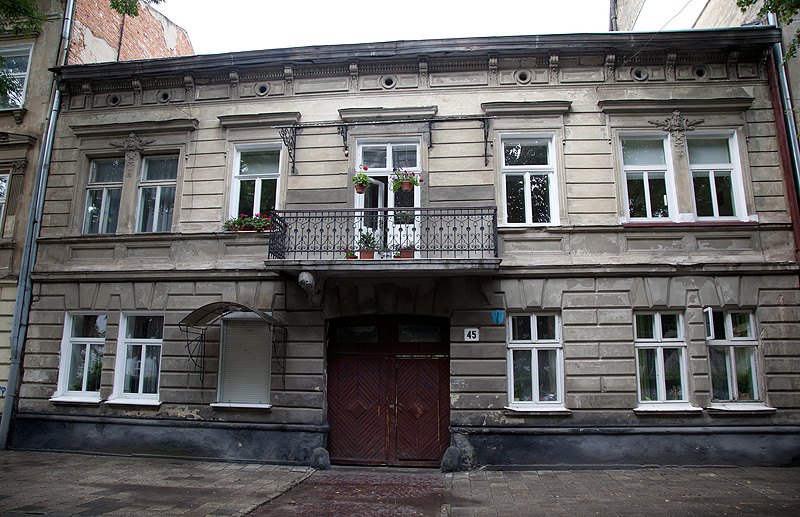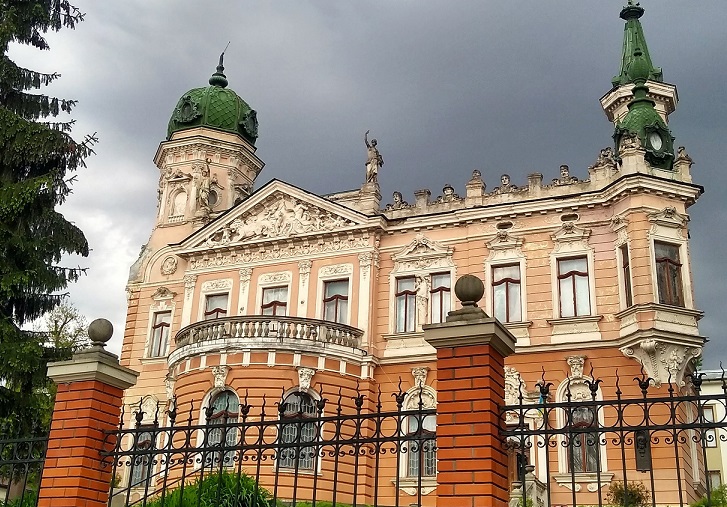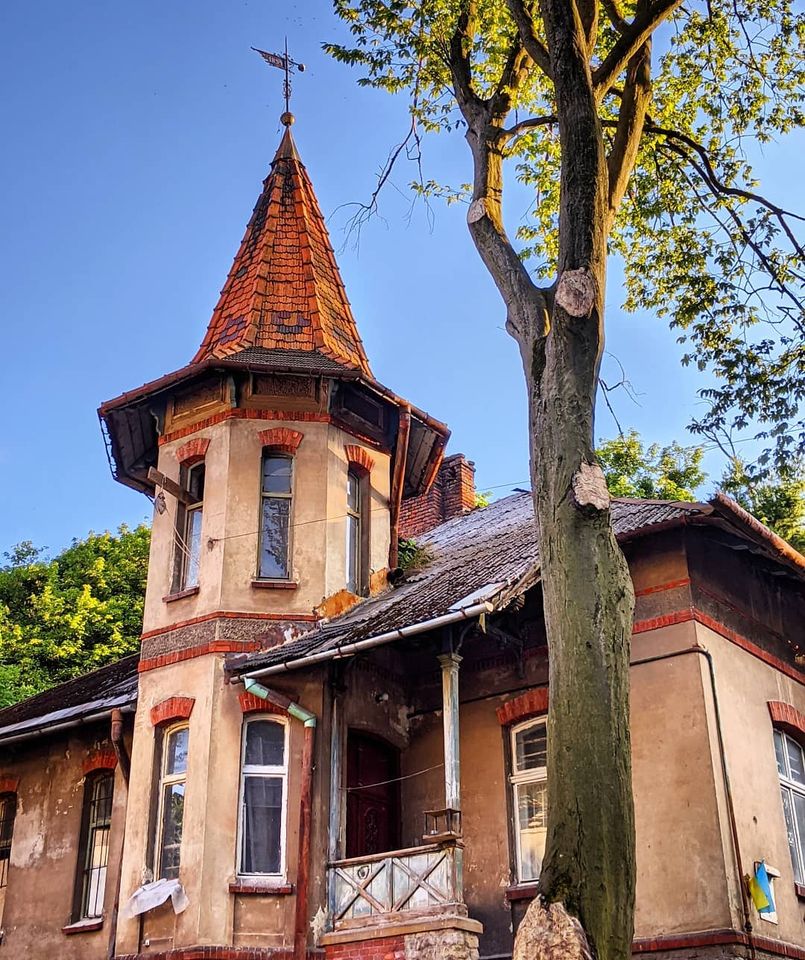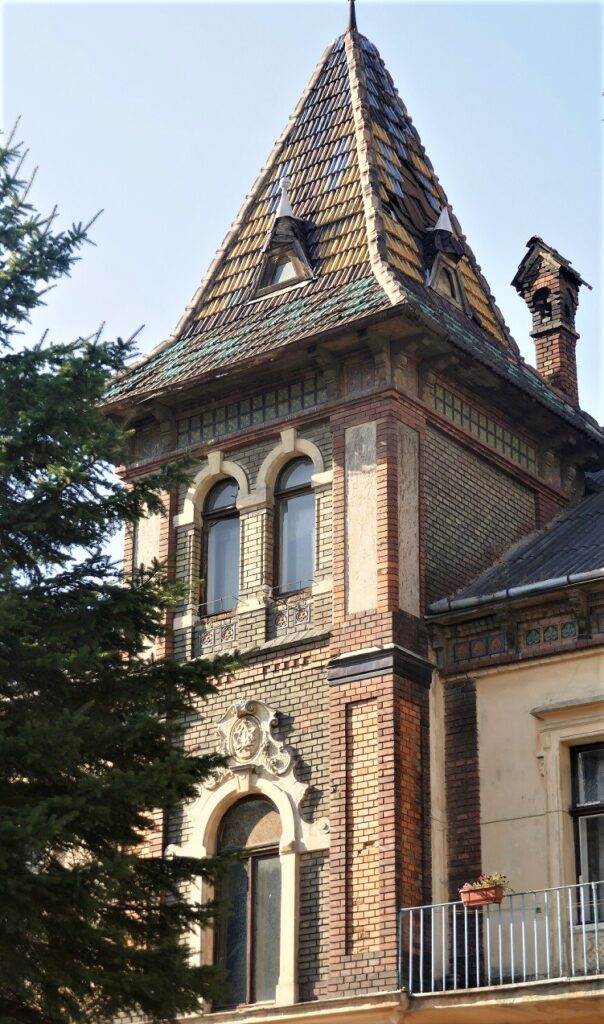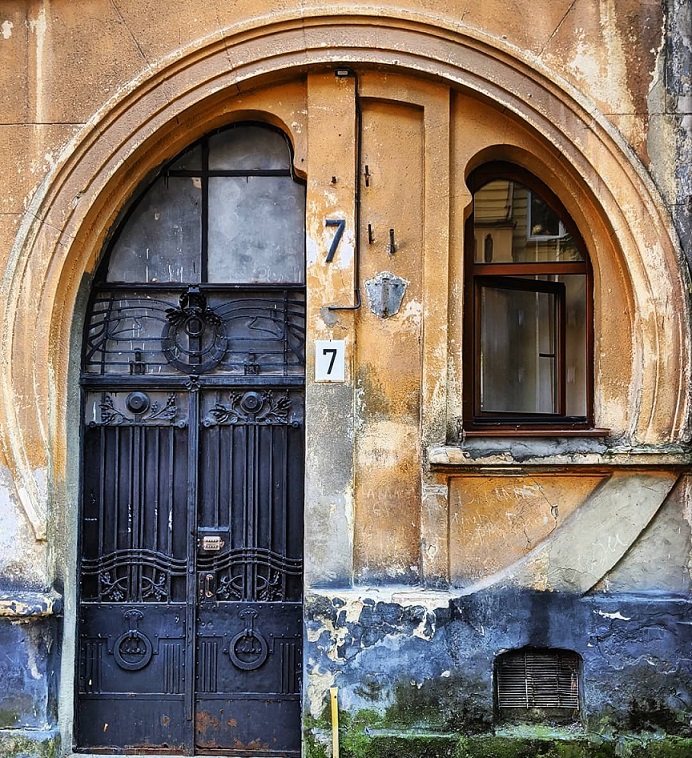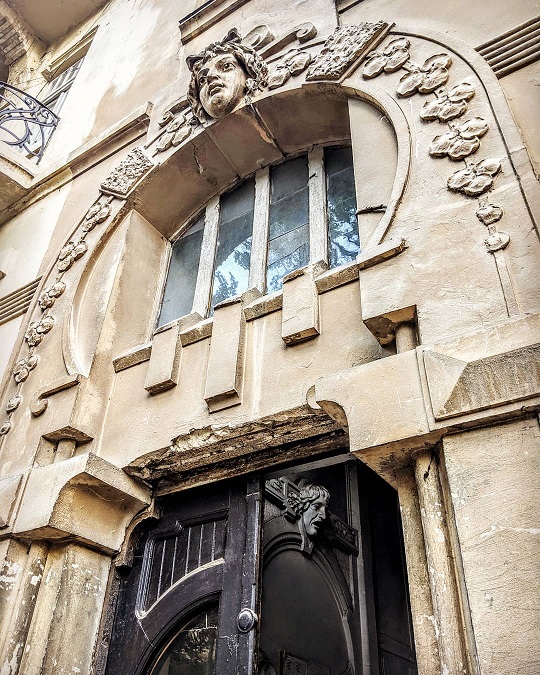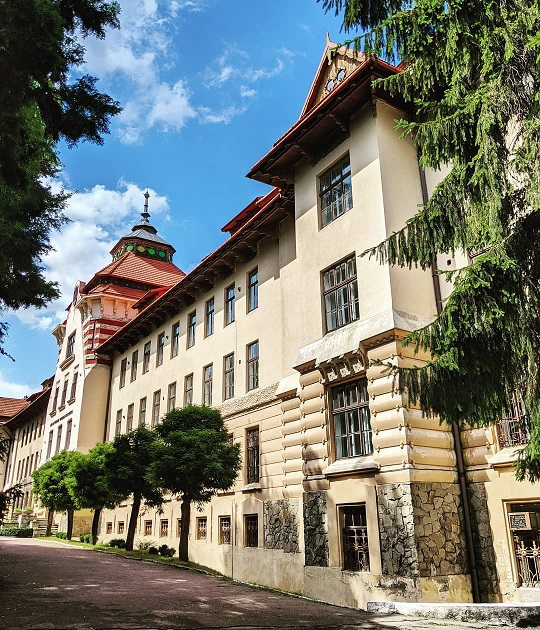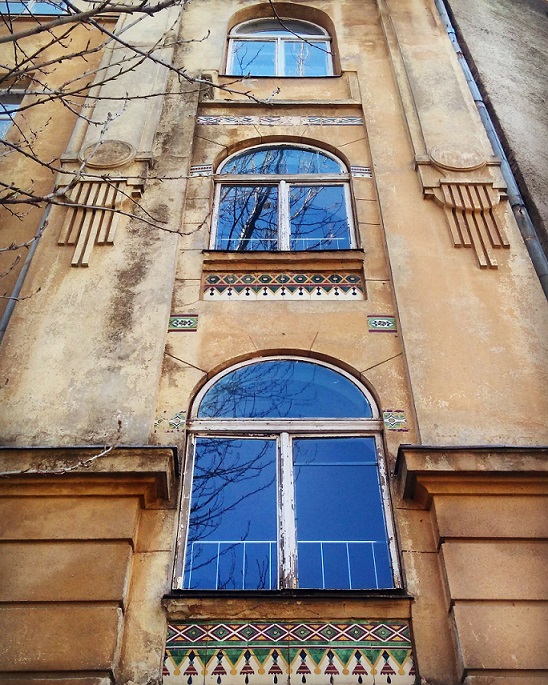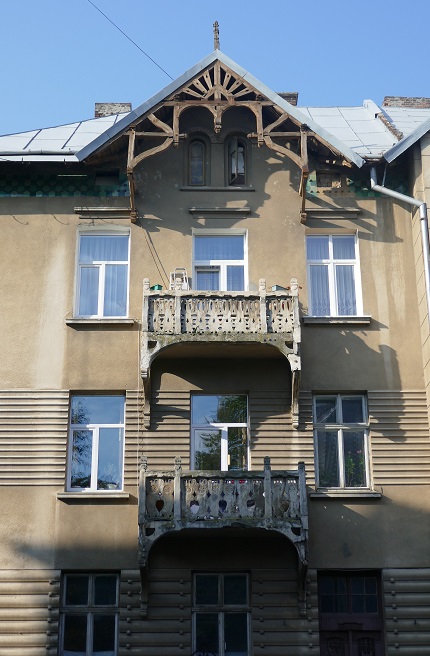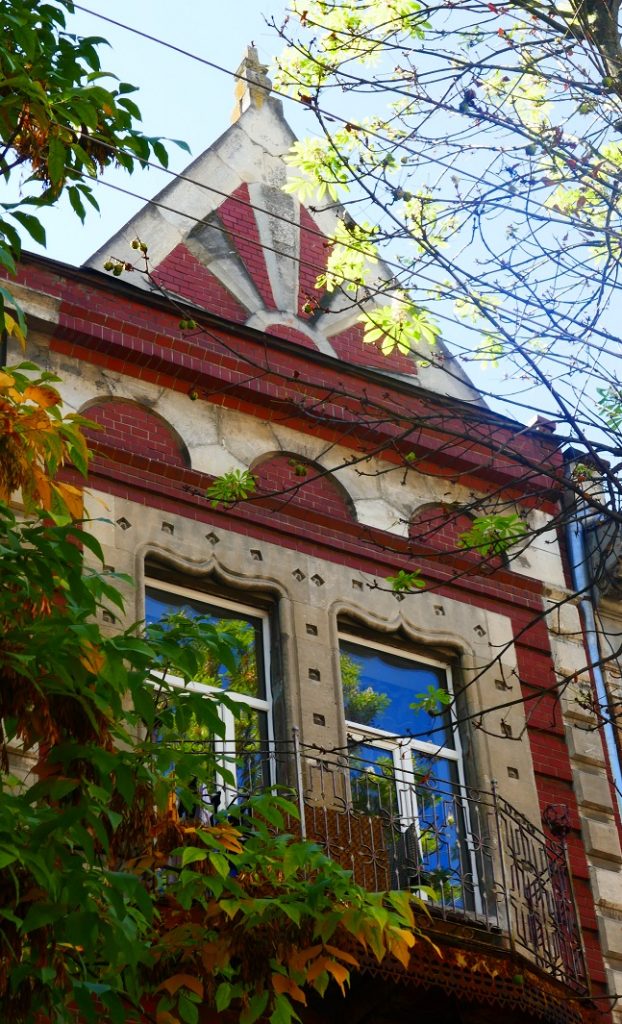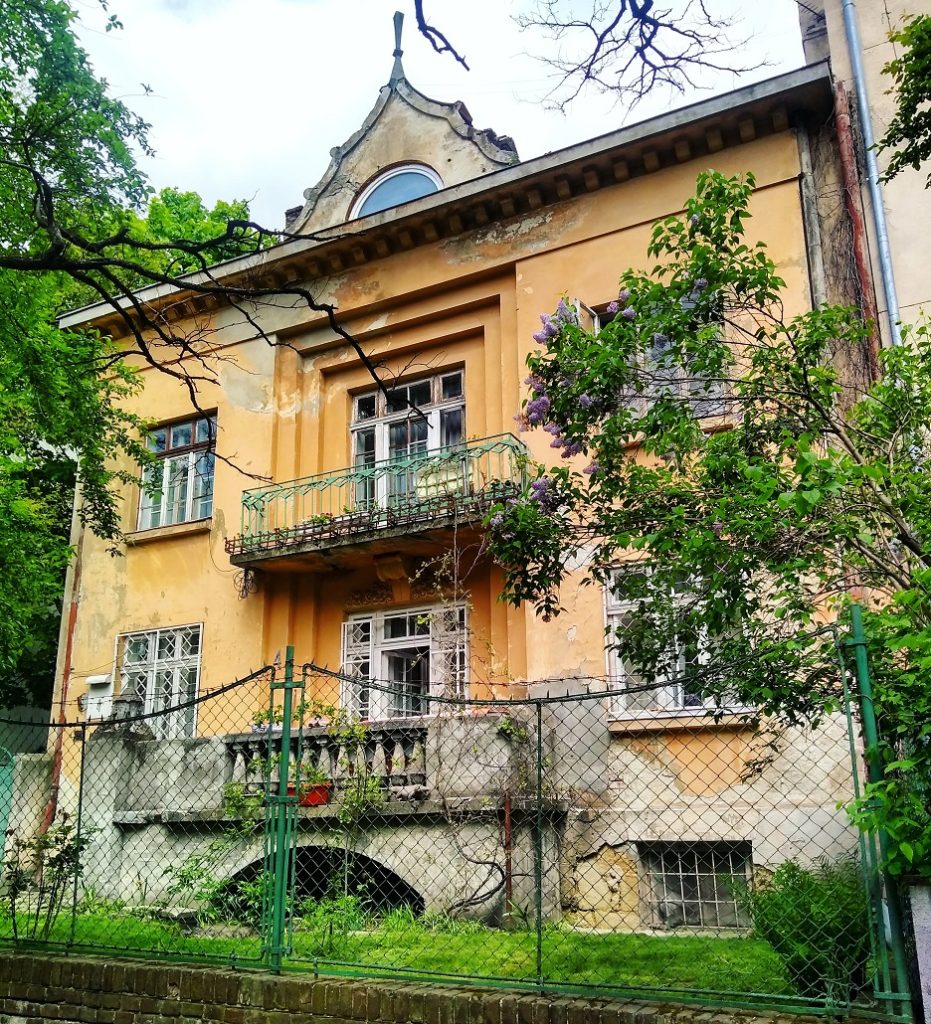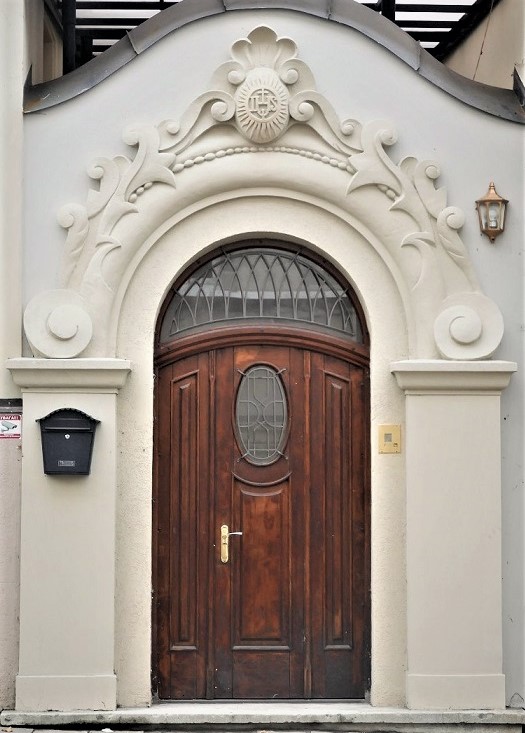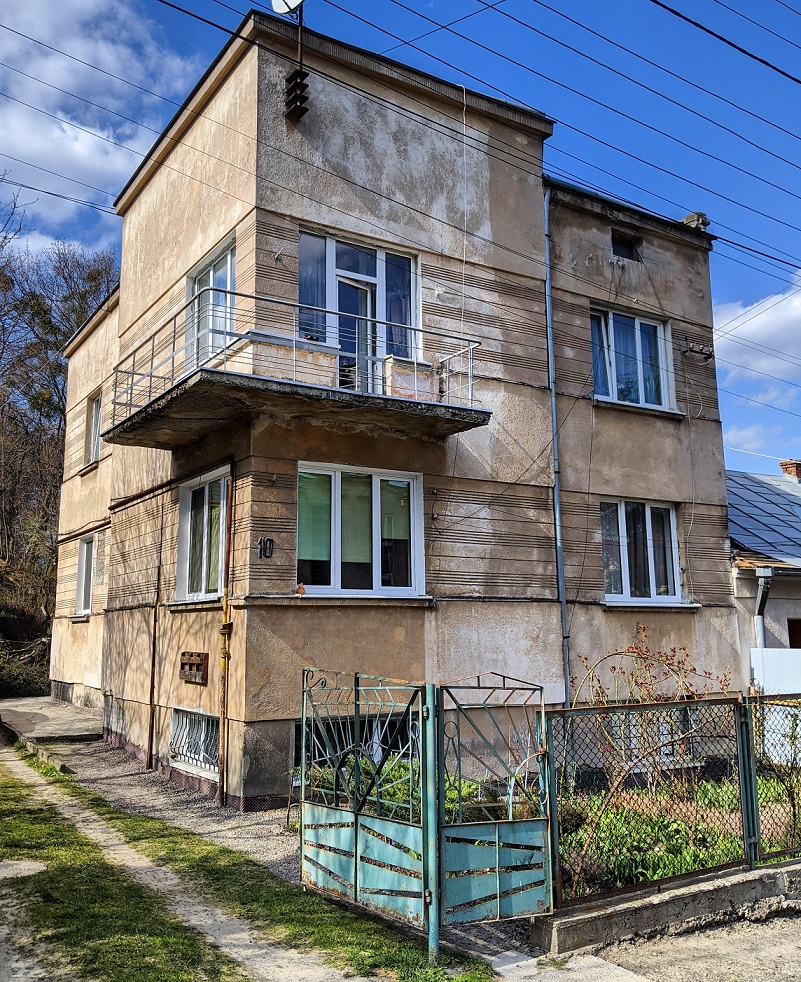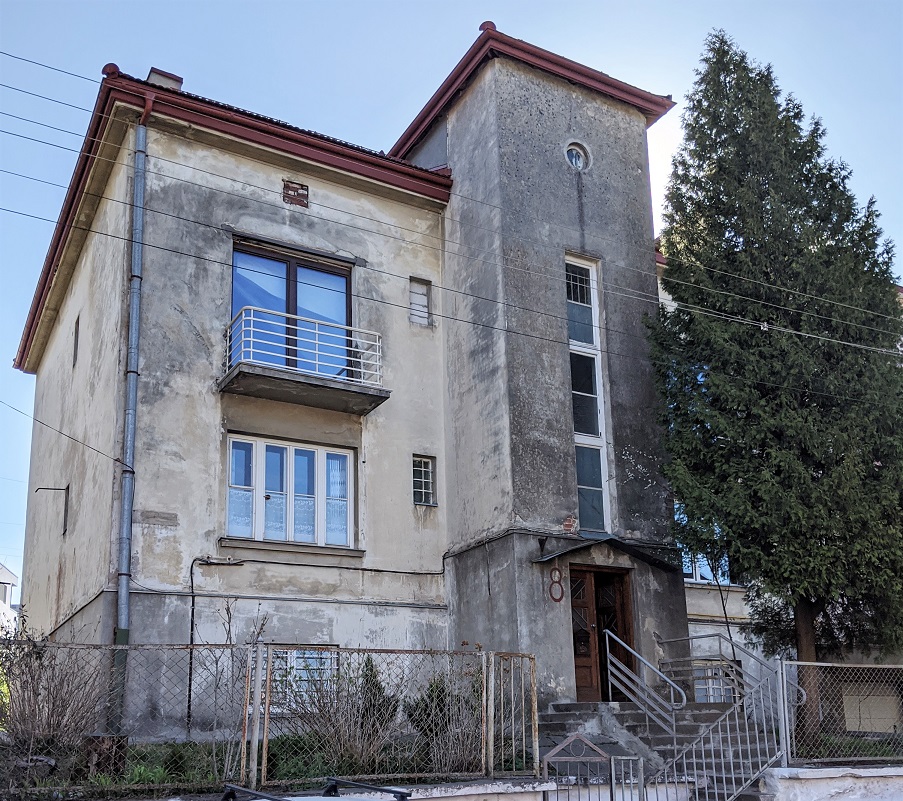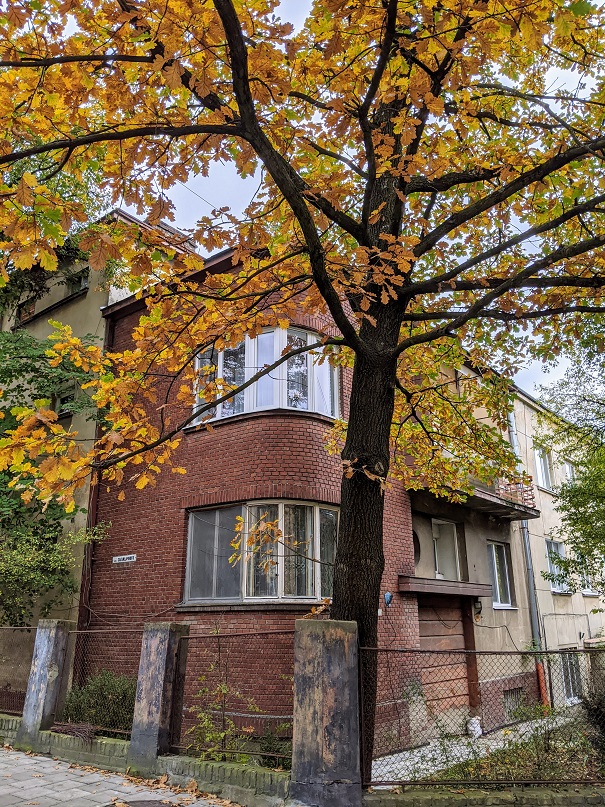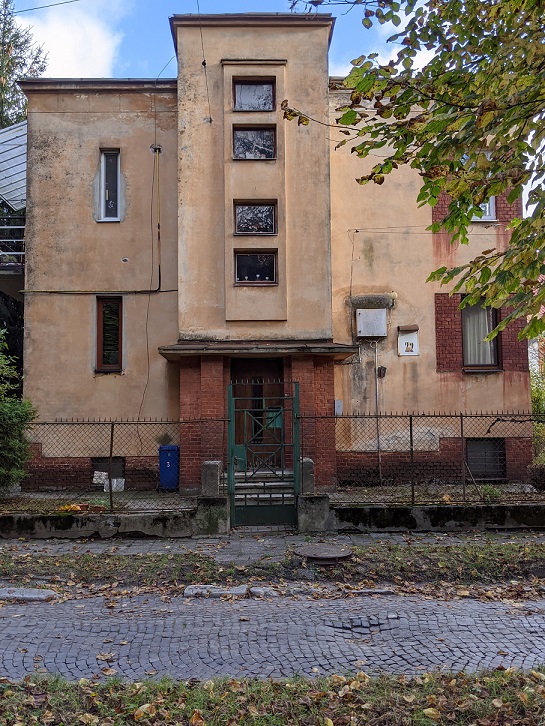The architecture of Lviv reflects many European styles of different historical epochs.
Below is a short guide to the architectural styles in Lviv until WWII.

Note: The years that these styles were popular in other parts of the world may differ.
Gothic
Until 1527
Gothic architecture was built in Lviv until the Great Fire of 1527, which destroyed much of the city. While these buildings were mostly lost, Gothic foundations, portals, and other elements can still be found in many buildings of the Old Town.
The Latin Cathedral (1360) is the only object of Gothic architecture in Lviv, preserved in its integrity — though throughout the centuries it was reconstructed many times and today has elements of many architectural styles.
Common features of this style include the pointed arch, rib vaults, flying buttresses, tracery, and stained glass.
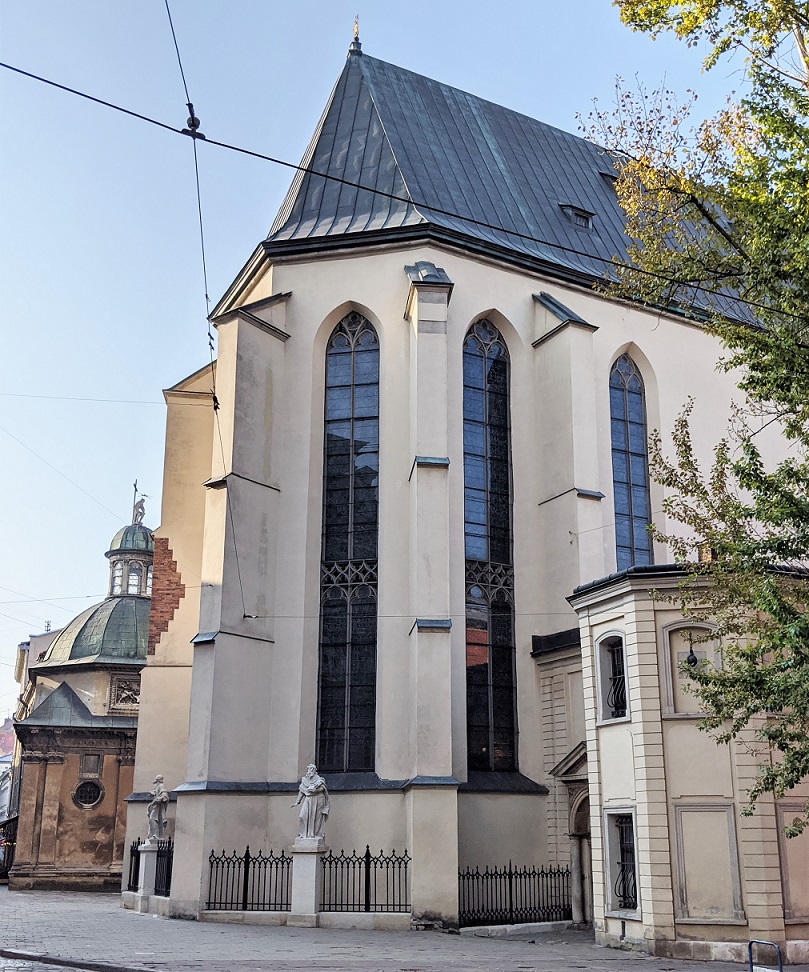
Latin Cathedral 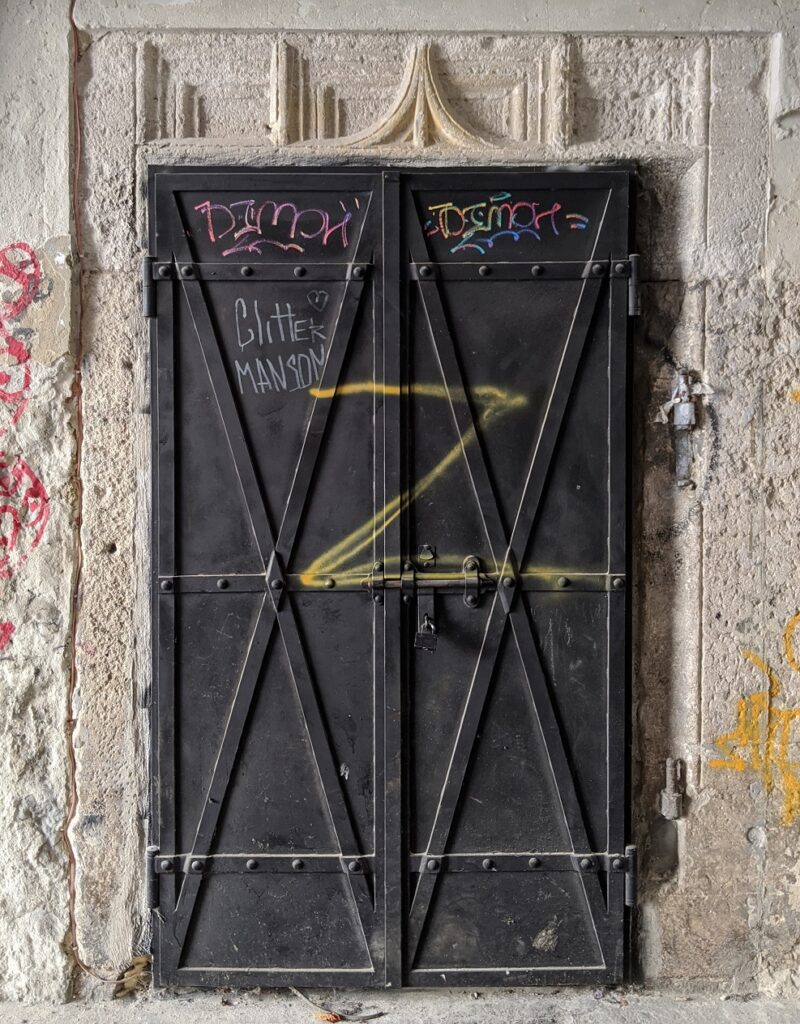
Gothic portal
Renaissance
16th – 17th centuries
Renaissance architecture appeared in Lviv after the Great Fire of 1527 and lasted through the first half of the seventeenth century.
Renaissance style places an emphasis on symmetry, proportion, geometry, and the regularity of parts, as they are demonstrated in the architecture of classical antiquity and in particular ancient Roman architecture. Thus you have the ordered arrangement of columns and pilasters, the symmetrical repetition of the location of windows.
In Lviv, common features of a Renaissance facade include highly decorated portals, intricate cornices, attics, rustication, carved frames of windows and doors. Sometimes the facades were decorated with sculptures.
Mannerism
1550 – 1650
Mannerism (also known as Late Renaissance) architecture was popular in Poland between 1550 and 1650. A horizontal attic embellished with volutes is characteristic for this style.
A few Renaissance buildings have Polish-style Mannerist attics, such as on the Black Townhouse (above) and the Korniakt Palace (below).
Baroque
17th – 18th centuries
Baroque followed Renaissance and lasted into the eighteenth century.
Baroque architecture is distinguished primarily by richly sculpted surfaces. Unlike the surface of a Renaissance building, which is divided into sections, the surface of a Baroque building is treated as a continuous whole. A Baroque façade often features a high concentration of decorative elements around a central entrance. Baroque also uses deliberately unfinished architectural elements that help give the design a unique feature.
In Lviv, common features of Baroque architecture include broken pediments, lugged or shouldered architraves, bolection, layered pilasters, guttae, oval windows, volutes, and cartouches.
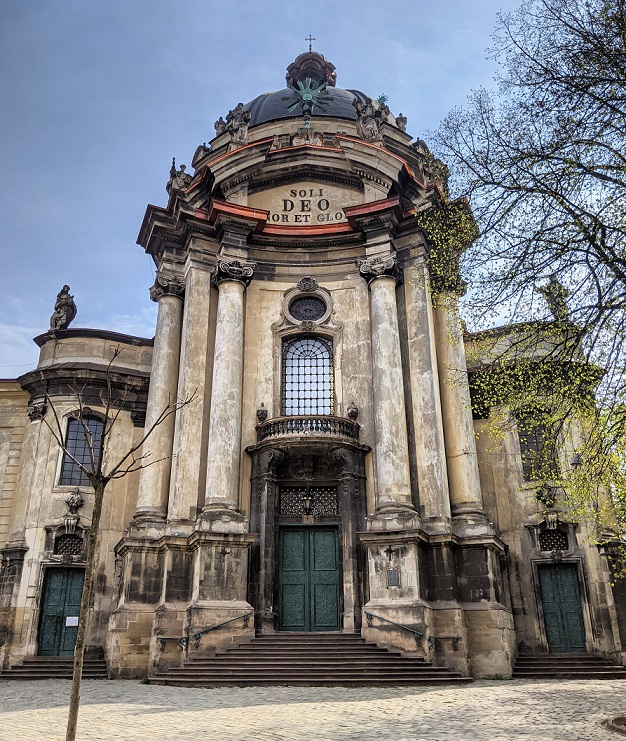
Dominican Church (1749) 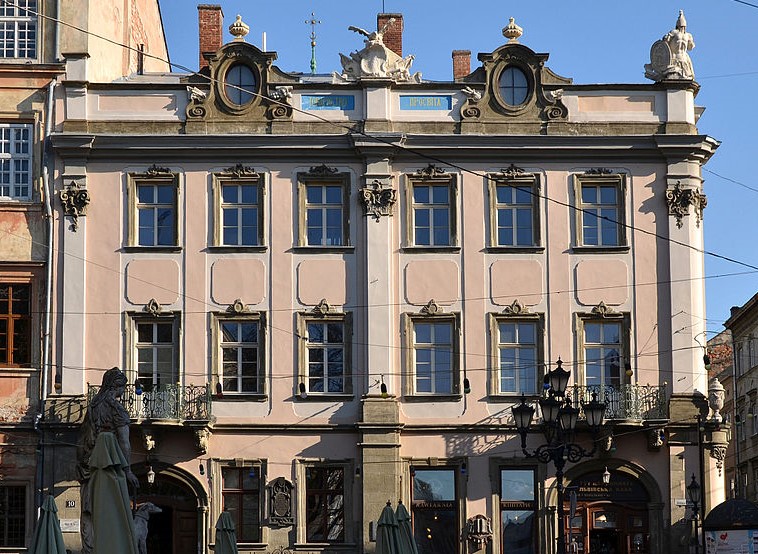
Lubomirski Palace (1744)
Rococo
1740s – 1770s
In the 1740s-1770s, Baroque transformed into Rococo style, which was distinguished by its exquisite decorativeness, dominant curved lines, emphasized asymmetry, and characteristic ornamental motifs such as rocailles and stylized shells.
Classicism
1780s – mid 19th century
In Lviv, Classicism was used especially for public buildings such as administrative buildings, educational institutions, hospitals, and so on.
The style is defined by symmetry, simple geometry, and minimal ornamentation, and displays classical orders — the ancient styles of classical architecture, distinguished by its proportions and characteristic profiles and details, and most readily recognizable by the type of column employed.
Note: Outside of Central and Eastern Europe this style is referred to as “Neoclassical,” which began in the mid-18th century in Italy and France, while in Central and Eastern Europe the newer revival styles of the 19th century until today are called “Neoclassical.”
Empire Style
1804-1815
Empire Style appeared in Lviv at the very beginning of the nineteenth century. The style originated in and takes its name from the rule of Napoleon I in the First French Empire. The Empire style brought a full return to ostentatious richness. In addition to copying Classical motifs, this style was influence by Egyptian ornament, stimulated by Napoleon’s campaigns in Egypt.
Every detail had to work on the idea: monumental colonnades, strict symmetry of facades, and so on.
Biedermeier
1815-1848
The Biedermeier period refers to an era in Central Europe between 1815 and 1848, a style developed during the transitional period between Neoclassicism and Romanticism. Biedermeier architectural design is characterized by clear simplicity and elegance
The housing of the Biedermeier era was to embody the bourgeoisie dream of the perfect family nest — typically a two- or three-story house for one family. The main accent of the modest facade is a balcony above the gate. New districts of Austrian Lviv were built with such mansions in 1830-1850.
Historicism
Second half of the 19th century
Historicism is the use or revival of different architectural and historical styles in modern buildings or works. This style appeared in Lviv in the second half of the nineteenth century, where neo-Renaissance and neo-Baroque were especially popular and often combined, but other styles were also revived such as Gothic, Romanesque, and Classicism.
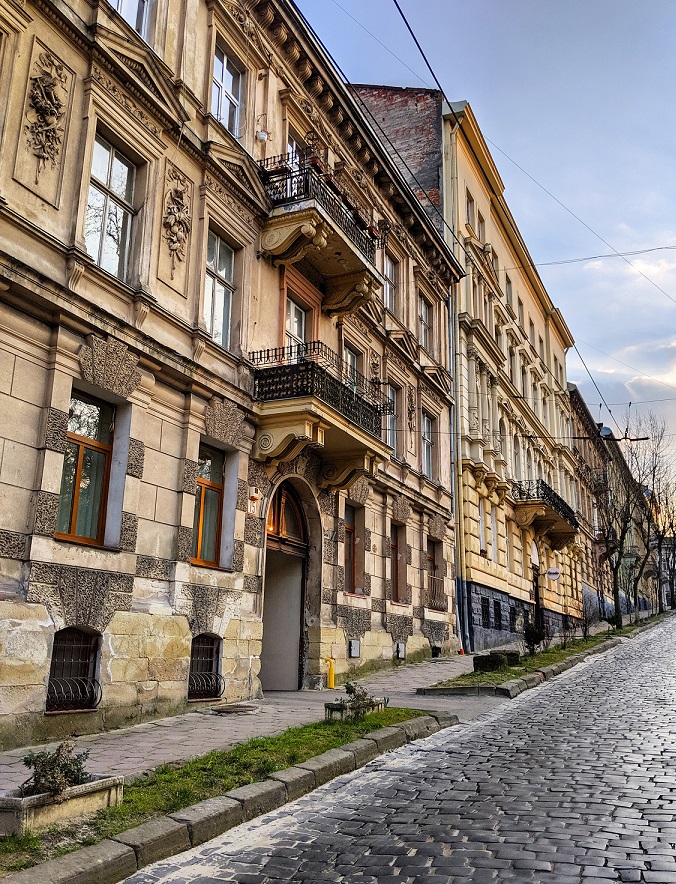
Neo-Renaissance 
Neo-Gothic
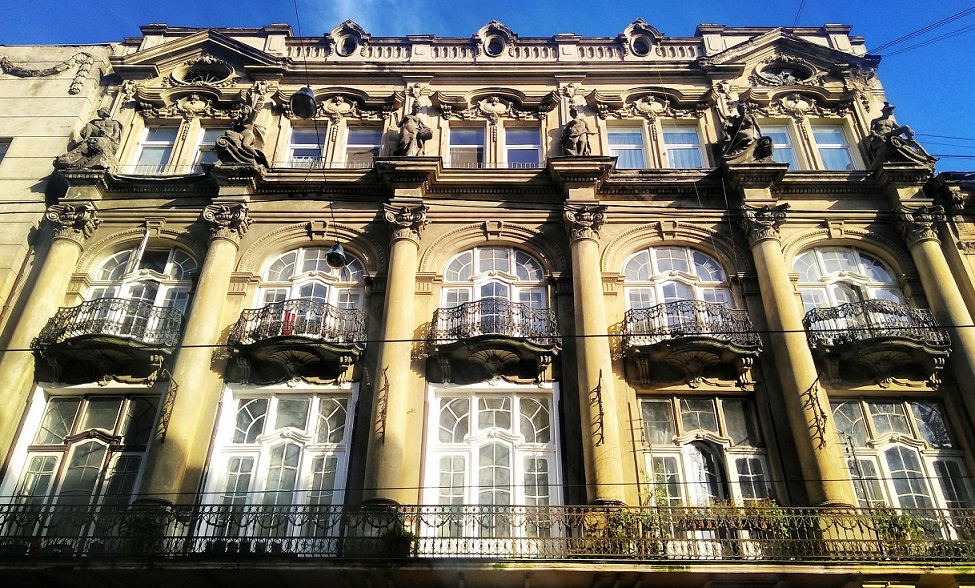
Neo-Baroque
Picturesque
1885 – 1900
The Picturesque style was inspired by the architecture of particular historical periods, although they were often not very accurate copies of buildings of those times.
In Lviv, these buildings have free planning, picturesque silhouettes, exposed materials, various elements, interesting textures, and a lot of majolica.
Secession (Art Nouveau)
1898 – 1914
At the turn of the twentieth century, Art Nouveau spread across Europe and the United States. The variation that appeared in the Austrian Empire was called the Vienna Secession, and it was this movement that most influenced the architecture in Lviv and Galicia at that time.
In Lviv there were two main movements: Ornamental and Rational. There were also folk interpretations of Secession, including Hutsul Secession and the Zakopane Style.
Ornamental Secession
1898 – 1907
Ornamental Secession was characterized by curving lines and shapes inspired by natural forms.
Common features include mascarons, the motif of a circle with three vertical strips (inspired by work of Vienna architect Otto Wagner), floral ornaments, majolica, circular or omega-shaped windows.
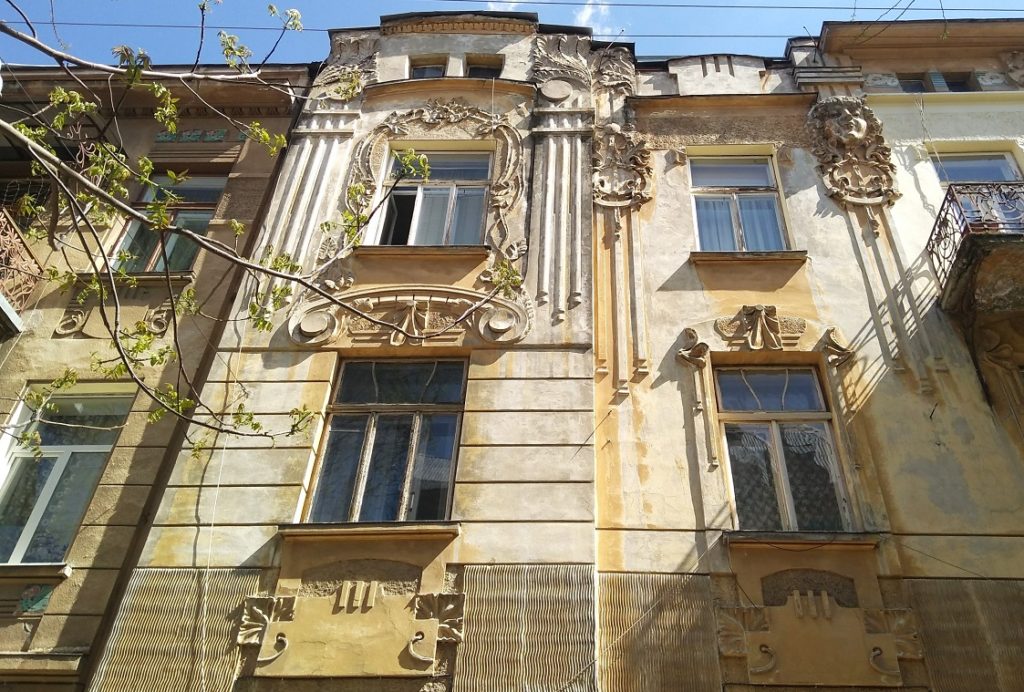
Rational Secession
1908 – 1914
Also called Late Secession, Neoclassicism, or post-Historicism.
Rational Secession is based on simple geometric shapes and right angles that offer a sense of stability, balance, and beauty.
Common features include sculptures, bas-reliefs, classical motifs and ornaments, large geometric windows.
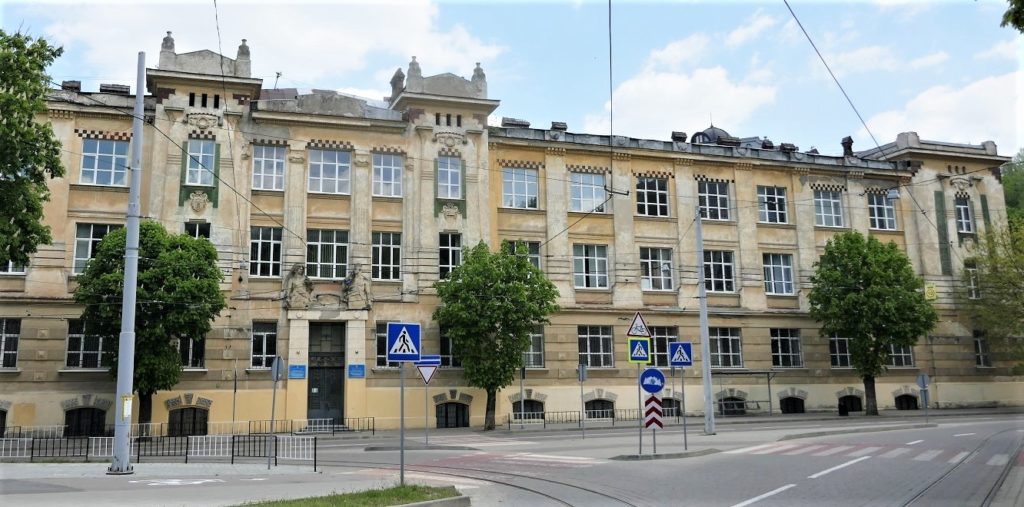
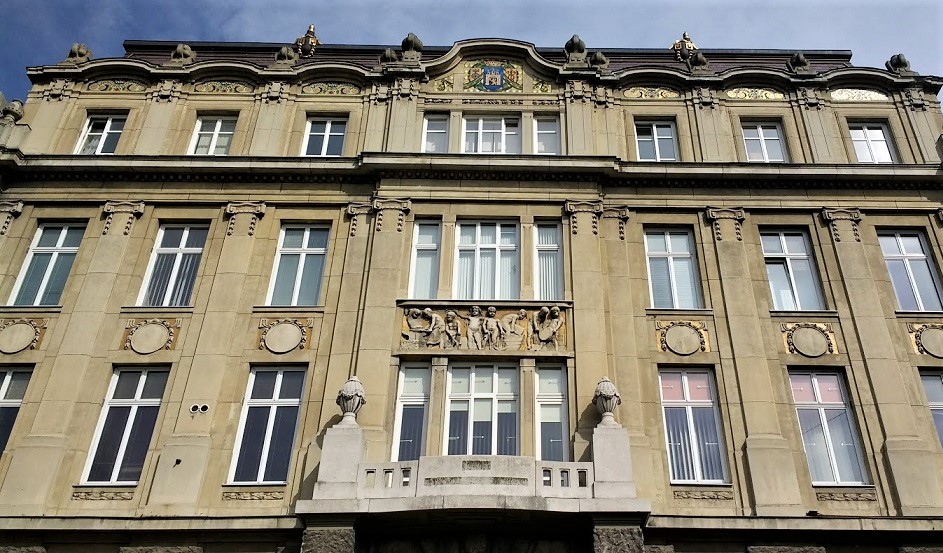
Hutsul Secession
Influenced by the national romantic interpretation of the Vienna Secession, the Hutsul Secession was an attempt to create a national Ukrainian style of architecture that was based on local folk architecture, especially on the vernacular art of the Carpathian highlanders, above all of the Hutsuls.
Common features include distinct elastic configuration of doorways, windows, and awnings; sophisticated contours of roofs with large slopes, sometimes decorated with towers, similar to the bell towers of Hutsul churches; majolica using folk design and colors; and Hutsul ornamentation.
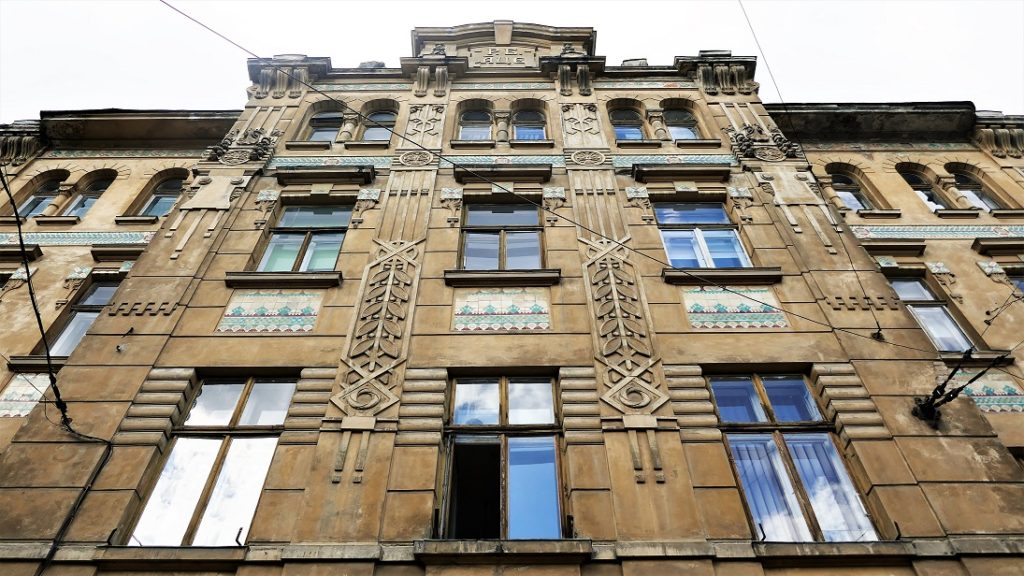
Zakopane Style
By combining wooden framing, reinforced stone structures, and traditional folk motifs of the Podhale-style of architecture and folk art with elements of Art Nouveau, Architect Stanislaw Witkiewicz created a new style that become known as the Zakopane Style.
Common features include a radiant sun on gables, a mimic of log construction along with joints executed in cement, woodwork, the six petal rosette and flower motifs.
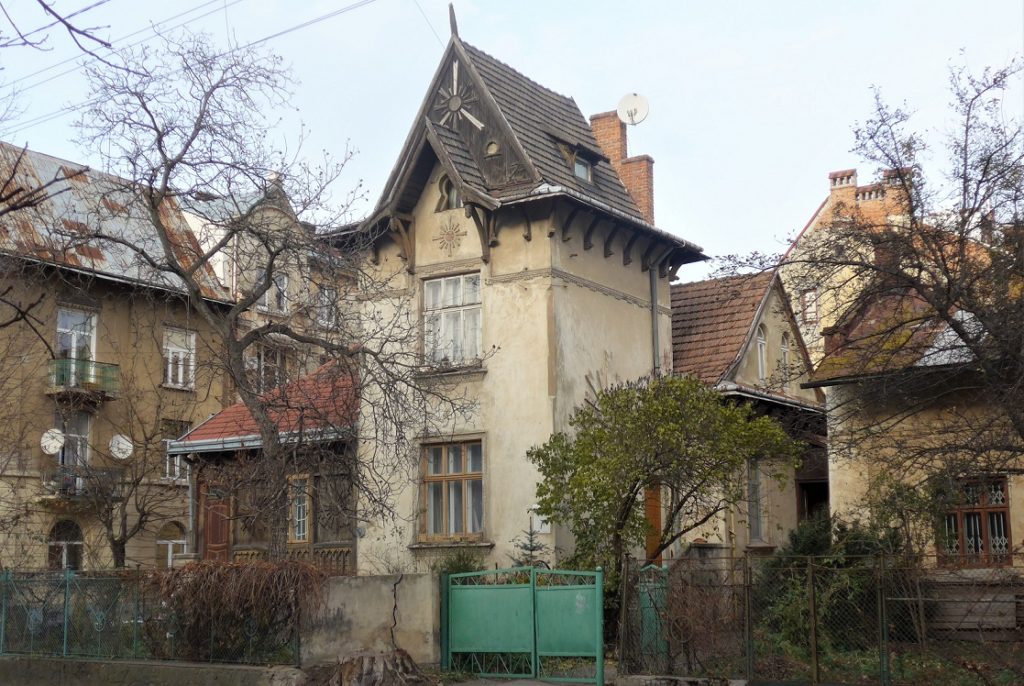
Art Deco
1919 – 1930
Art Deco in Lviv was popular in the interwar period, from 1919 to 1930. This movement was a mix of many different styles, sometimes contradictory, united by a desire to be modern. The ornaments were often exaggerated and enlarged. In Lviv, influences of Classical, Renaissance, and Baroque architecture as well as the exotic style of ancient Egypt are especially apparent.
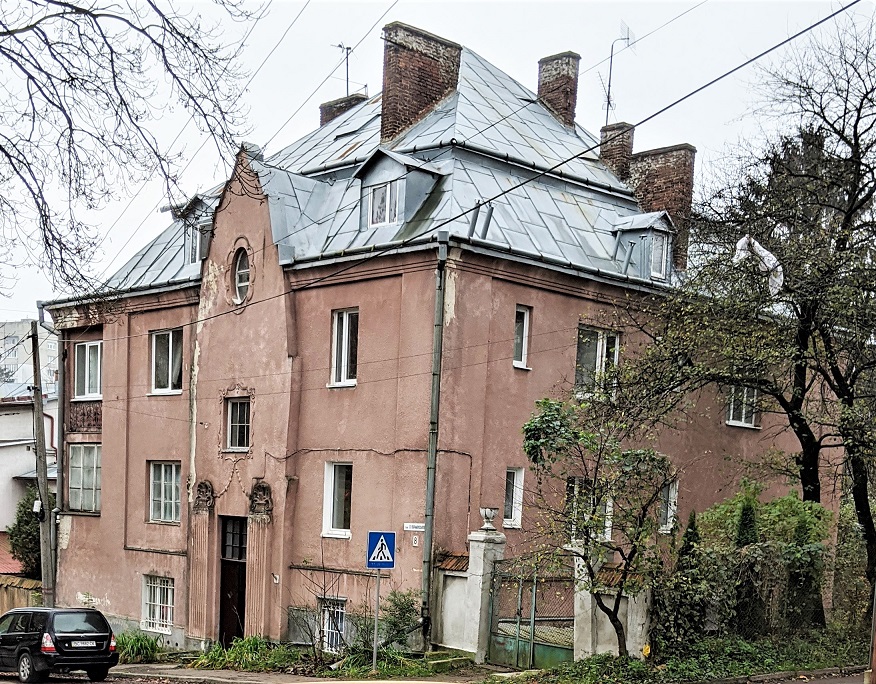
Polish Manor Style
Interwar period
Called Styl dworkowy in Polish, this architectural style was popular in the interwar period in Poland. Buildings in this style resembled Polish manor houses of the seventeenth and eighteenth centuries. Elements of Art Deco can also be found in these buildings.
Common features of this style are two-level hipped roofs (also known as Polish roofs), porticos, and volutes.
Entire neighborhoods in Lviv were built with such buildings, as can be seen here and here.
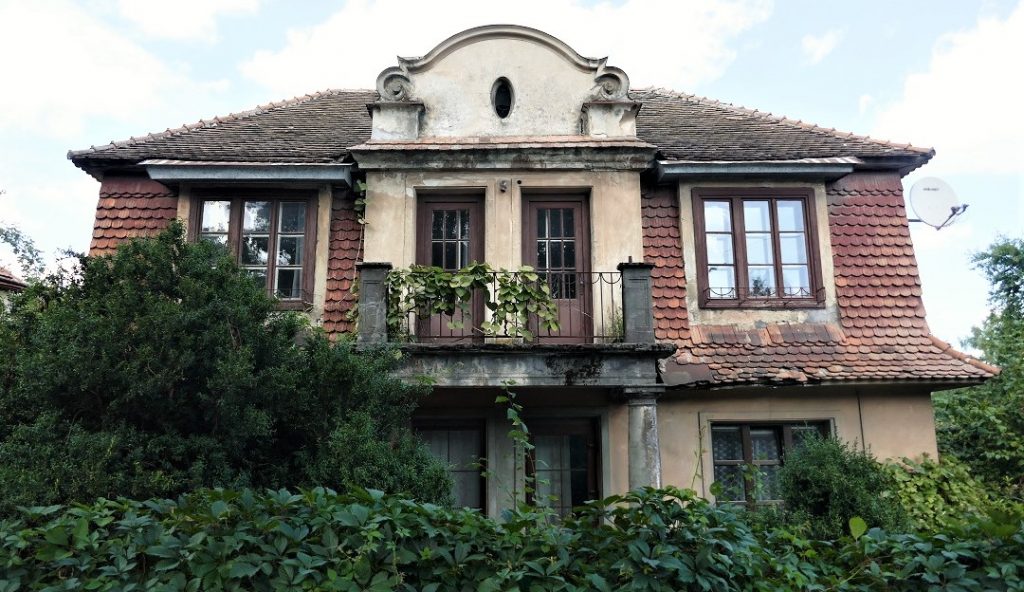
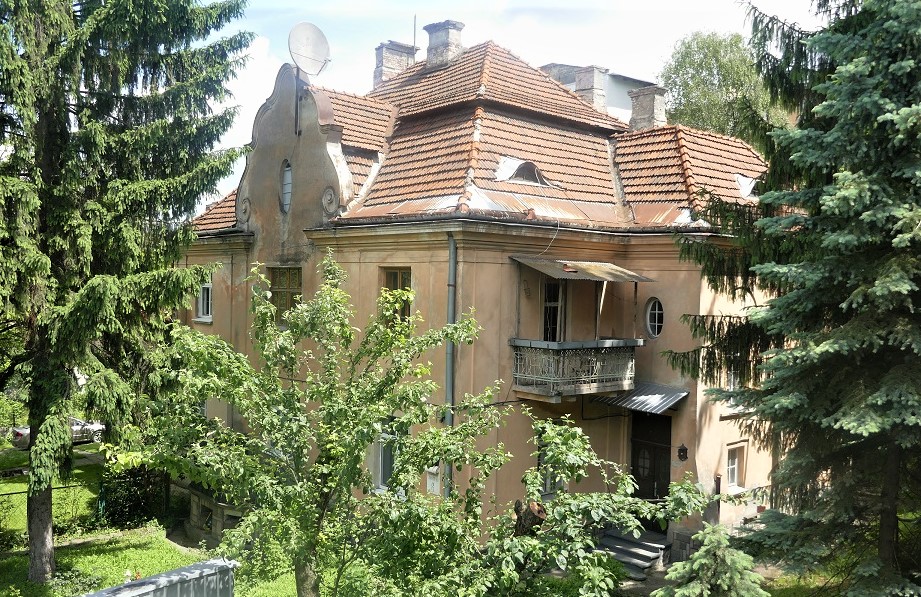
Functionalism
1930 – 1939
A part of the wave of Modernism, Functionalism was based on the principle that buildings should be designed based solely on the purpose and function of the building. The Functionalist movement had the most impact on the Modernist buildings that were built in Lviv and other parts of Poland at the time.
Modernist architects found inspiration in early twentieth-century ocean liners, translating nautical symbolism to their buildings — such features as portholes, flagstaffs, flat roofs, open terraces, and balcony/terrace pipe railing are common.
Entire neighborhoods in Lviv were built with such buildings, as can be seen here and here.

